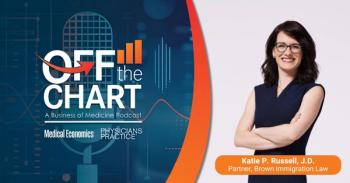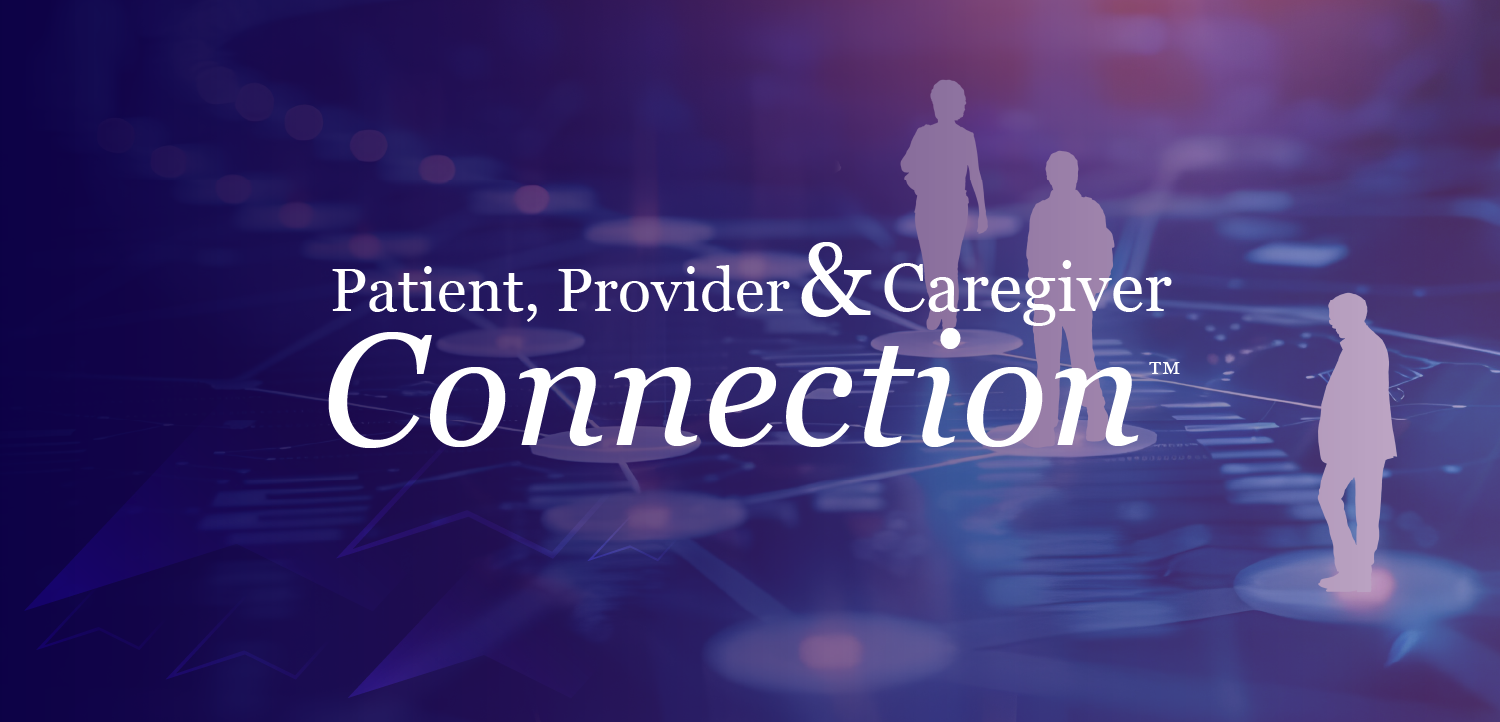
Doctors’ risks in prescribing opioids
Physicians and their pain patients will continue to suffer such inconveniences, insults and financial burdens, until the epidemic of opioid overdoses ends.
Editor's Note: Welcome to Medical Economics' blog section which features contributions from members of the medical community. These blogs are an opportunity for bloggers to engage with readers about a topic that is top of mind, whether it is practice management, experiences with patients, the industry, medicine in general, or healthcare reform. The opinions expressed here are that of the authors and not UBM / Medical Economics.
Physicians who prescribe opioids for the treatment of pain are being held partly responsible for the sharply rising rates of opioid abuse and fatal overdose. The epidemic of opioid overdoses continues to worsen, despite restrictive measures by the Drug Enforcement Administration, such as the escalation of all opioids to Schedule II, including the least-potent, fixed-dose combination analgesics.
As a result, combinations such as hydrocodone/acetaminophen, which were formerly on the less-restrictive Schedule III, can no longer be routinely phoned in, nor prescribed in the less-expensive 90-day supplies
While such restrictions on the availability of opioid pain medications may exert a beneficial effect on reducing the overdose rate, they also inevitably make it more difficult for patients to obtain opioids for the treatment of appropriate diagnosed pain syndromes.
"Illicit opioids" are illegal Schedule I drugs, like heroin, or nominally Schedule II drugs produced illegally. In recent years. The U.S. has been inundated with highly potent illegally manufactured fentanyl ("IMF" or "fake fentanyl"), which now accounts for the largest category of overdose deaths.
Thus, a victim could take one stolen or diverted 5 mg hydrocodone tablet (a “prescription opioid") followed by a fatal intravenous overdose of street heroin, and the overdose would be included among those "involved with prescription opioids."
The data for this study were derived from death certificates of the overdose victims, a source which does not record how much of the opioid in their blood was from medication prescribed by a physician. And while we can infer that many patients had multiple opioids in their blood, there is no breakdown of which opioids were present at levels likely to have caused the fatal overdose.
Physicians cannot control patients' access to illicit non-prescription opioids, nor to prescription opioids obtained from illicit sources. Physicians can restrict access to appropriate doses of a single prescription opioid, in restricted quantities, to reduce the risk of overdose. Overdose with only one prescription opioid found in the blood of the victim, and with no other drugs of abuse, often is not reported, making the percentage of overdose deaths involving patients using only properly-prescribed prescription opioids difficult to infer,
Physicians are frequently called on to treat acute moderate-to-severe pain not relieved by over-the-counter pain medications, but which we know from experience will be at least partly relieved by an opioid medication. We do not know the risk of a given patient ending up as an addict or overdosing if we prescribe an opioid pain medication.
We do not know the risk that denying a prescription opioid pain medication will drive the patient into the hands of criminal drug dealers in an effort to alleviate their pain with illicit opioids. Doctors risk being blamed for the unknown percentage of patients at risk of addiction and overdose, regardless of what we do, regardless of how prevalent opioid abuse may be in a particular practice or community.
The NIH and CDC have prepared a
Unfortunately, doctors and their pain patients will continue to suffer such inconveniences, insults and financial burdens, until the epidemic of opioid overdoses ends.
David L. Keller, MD, FACP, is an internist in Lomita, Calif.
Newsletter
Stay informed and empowered with Medical Economics enewsletter, delivering expert insights, financial strategies, practice management tips and technology trends — tailored for today’s physicians.




















